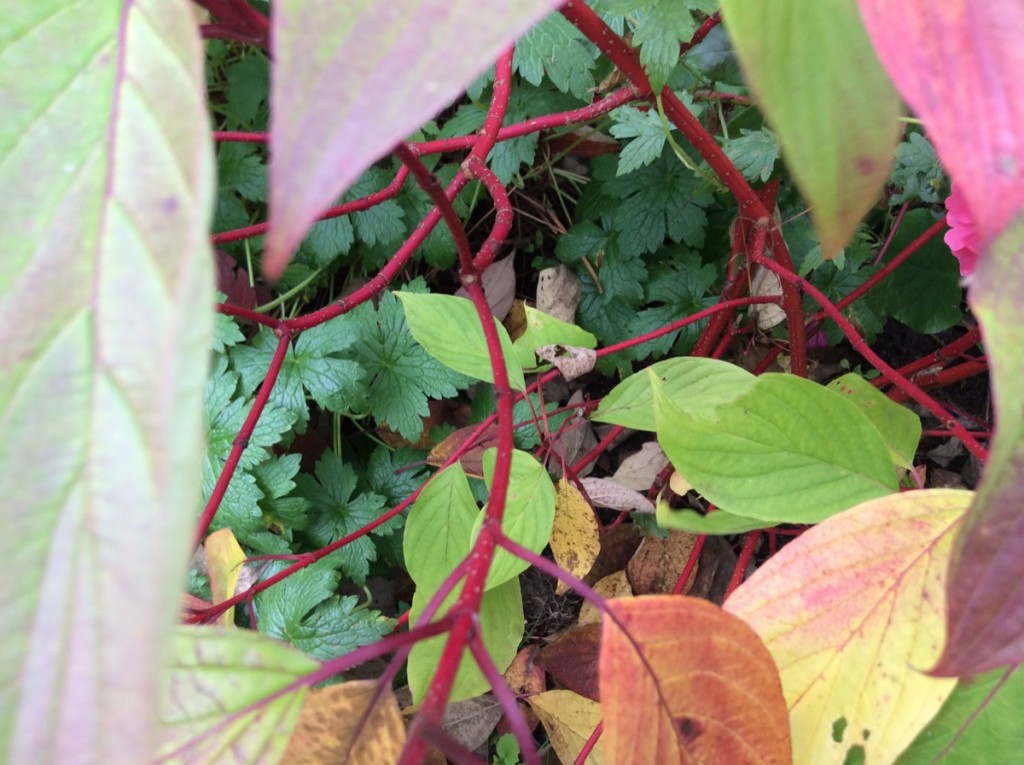 One of the first shrubs I bought for my garden was a cornus sanguinea Midwinter Fire. I saw it in the bargain section of a now defunct nursery on the A140 in Norfolk. I picked it up because I liked the shape, and the leaves and its muted peachy stem colour. I planted it in spring without much further thought in my first newly-dug out border, and enjoyed the structure it added to the mostly herbaceous border. It was only later that year that I realised quite how beautiful a plant it is. As autumn descended, the green leaves began turning the most gorgeous shades of ochre and russet. When the leaves had all fallen and the plant was completely bare, you could clearly see the pink-orange ombre stems, bright and glowing in the gloom of my winter garden.
One of the first shrubs I bought for my garden was a cornus sanguinea Midwinter Fire. I saw it in the bargain section of a now defunct nursery on the A140 in Norfolk. I picked it up because I liked the shape, and the leaves and its muted peachy stem colour. I planted it in spring without much further thought in my first newly-dug out border, and enjoyed the structure it added to the mostly herbaceous border. It was only later that year that I realised quite how beautiful a plant it is. As autumn descended, the green leaves began turning the most gorgeous shades of ochre and russet. When the leaves had all fallen and the plant was completely bare, you could clearly see the pink-orange ombre stems, bright and glowing in the gloom of my winter garden.
I know now that cornus, or dogwood as it is more commonly know, is a staple of autumn and winter planting schemes. They are used for the strong colour of their bare stems in the greyest and dullest months of the year. You often see them planted en masse, in groups of seven or nine, in municipal beds on roundabouts or outside large office buildings. Their flame-coloured, naked stems point skywards like a child’s drawing of a fire. When you see them, you understand why they have names like Midwinter Fire and Winter Flame. I have been pondering on what the collective noun for a group of cornus might be, and have decided on a conflagration.
Not all cornus varieties have flame-coloured stems. You can also find purple-brown, olive, lime-green, almost yellow, blood red and even fluro-pink stemmed varieties. The stems are always pleasingly smooth, and either grow vertically straight and unbranching, or they have a lower, branching habit, depending on the variety. They cast dramatic shadows and reflections if planted near water. They also bear small flowerheads in early summer that are fairly inconspicuous but popular with bees and other insects, which is an added bonus. Some have variegated leaves that offer more interest through spring and summer (see the lovely example pictured below, which belongs to my neighbours).
There are other flowering cornus varieties, which include trees like the Wedding Cake tree that are grown for their extravagant flower-like bracts in early summer. These tend not to have winter stem colour. They are also fussy about their growing conditions.
Coloured stemmed cornus are easy to grow. They don’t mind what kind of soil they’re in and will put up with a cold damp spot, if that’s all you’ve got. For the straight-stemmed varieties, like cornus alba, all you need do is severely cut all the stems down to about 6 inches every other year in March. This is known as ‘stooling’. You do it because the new stems hold the brightest colour. The more branching varieties, like cornus sanguinea, need more gentle treatment. In late spring, thin the stems lightly. Prune out one in three stems, cutting just above the third bud from the the base, and reduce the length of some branches by a third. You could then mulch with manure or compost but it’s not essential. But if they have a nice shape and are not taking up too much space, let them be. That’s it. Pretty simple really.
I bought two more cornus plants as my garden borders expanded, and I may well buy more. I positioned mine so they could be seen from indoors during winter. I like them best when their colourful stems are lit up by bright Norfolk sunshine on sharp, frosty days. I think all gardens should have at least one cornus or, even better, a conflagration(!) of three or five. These are the varieties I have in my garden:
- Cornus sanguinea Midwinter Fire – It’s low growing, reaching just 2 feet in my garden. It has orange-pink stems and smaller leaves than the Sibirica.
- Cornus alba Sibirica – It grows 3-4 feet tall. Its stems are a vivid, dark red. The colour reminds me of coral that we used to find when I was a kid on holiday in Mombasa, Kenya.
- Cornus alba Kesselringii – This is the largest of my cornus varieties at about 5-6 feet tall. The newest stems are a deliciously rich, dark chocolate-aubergine colour. Older wood is more reddish-brown. Its leaves in spring and summer are purple-green.
It’s almost certain that your local garden centre will have a few cornus plants on display in their seasonal section right now. Or you could buy them online (links above). Choose a spot where the low sun will light up the stems when you glimpse them through a window on a chill January day. If you plant now, you’ll have a wonderful, colourful display in your garden for the next few, cold months.
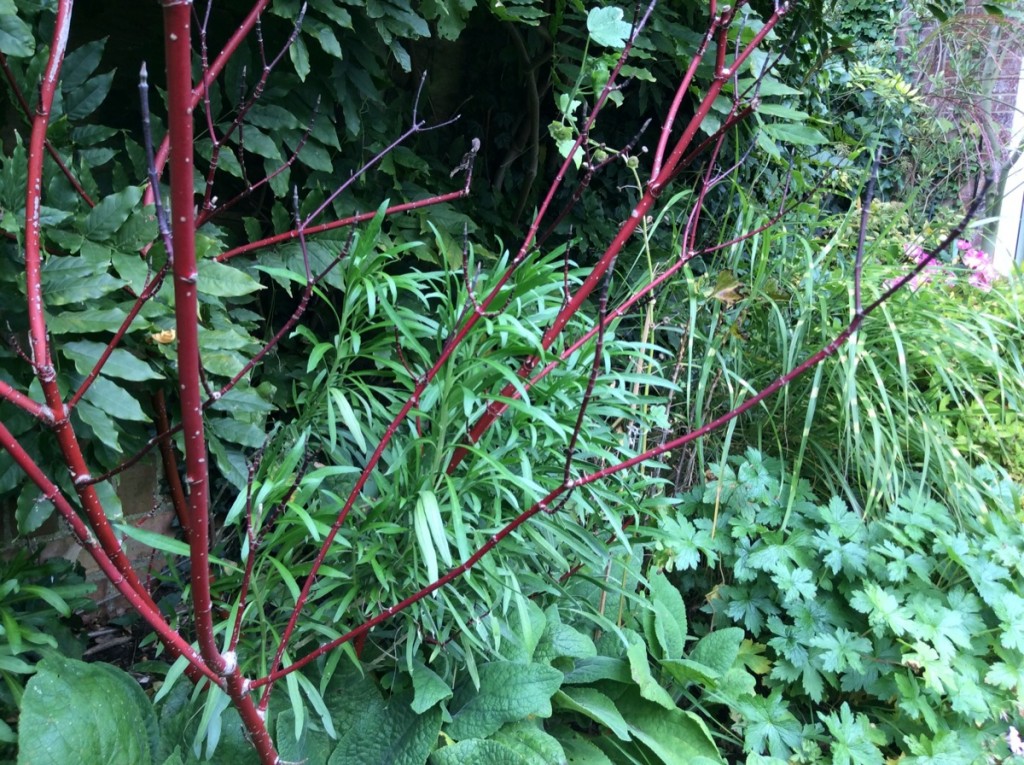
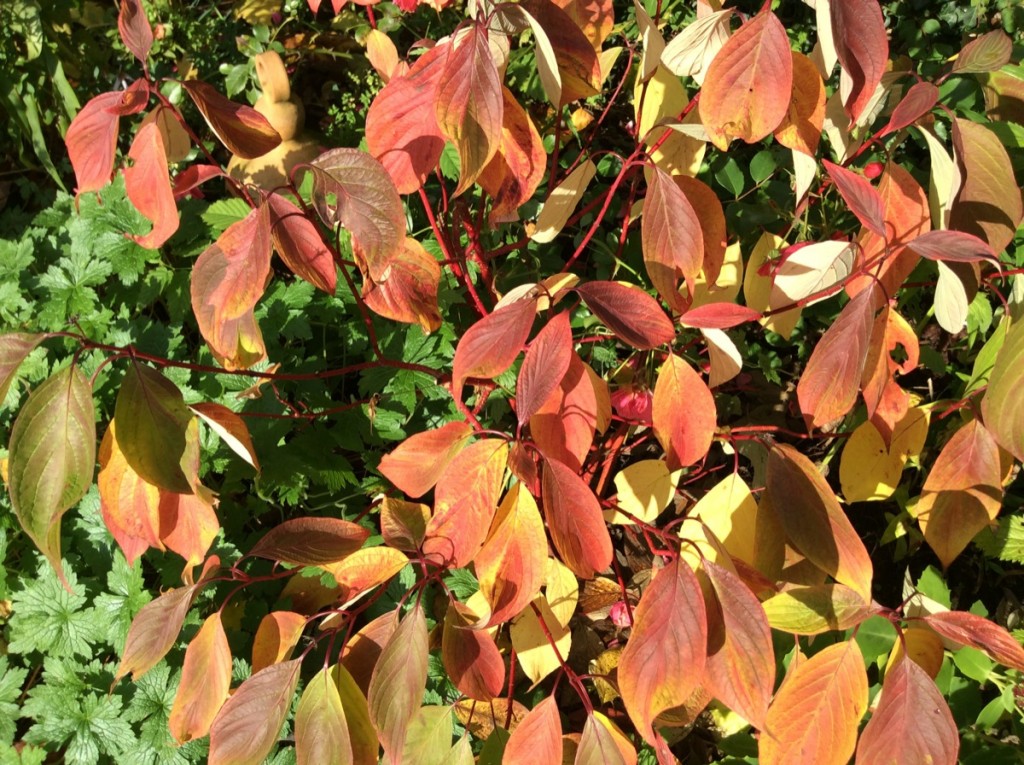
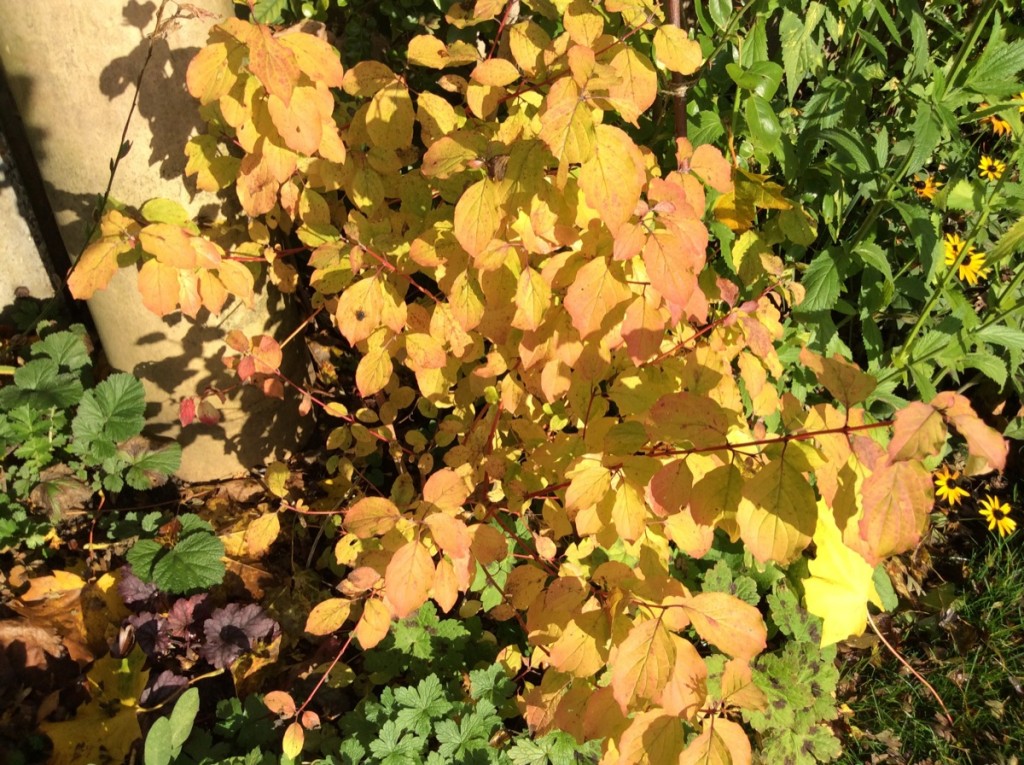
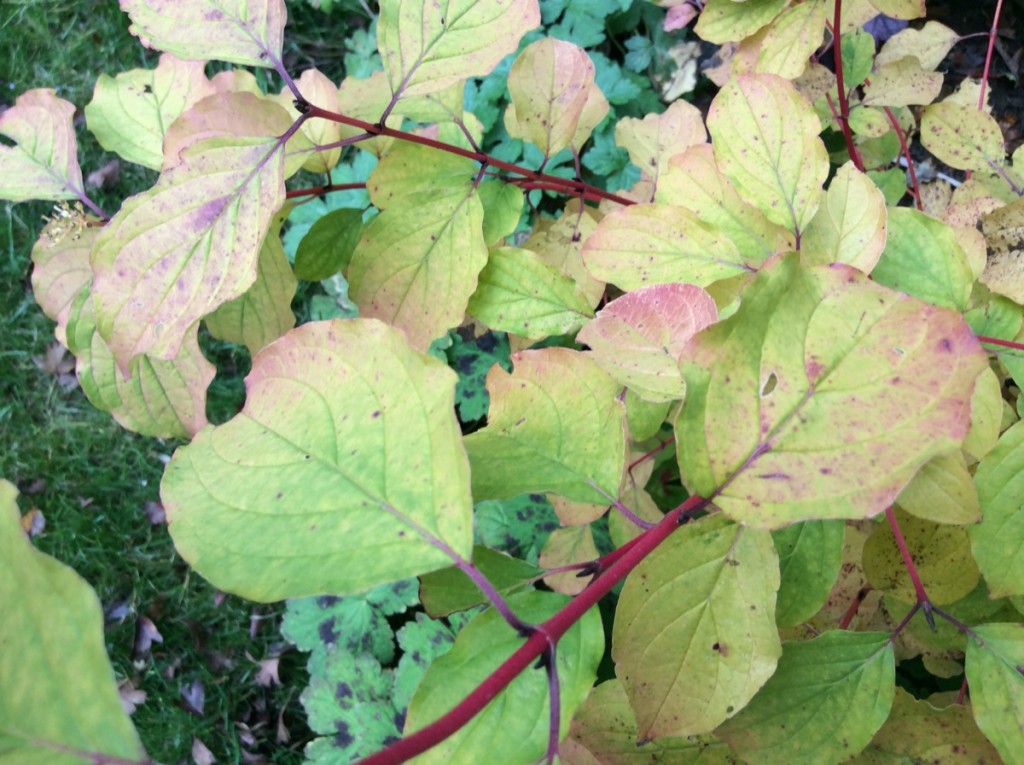
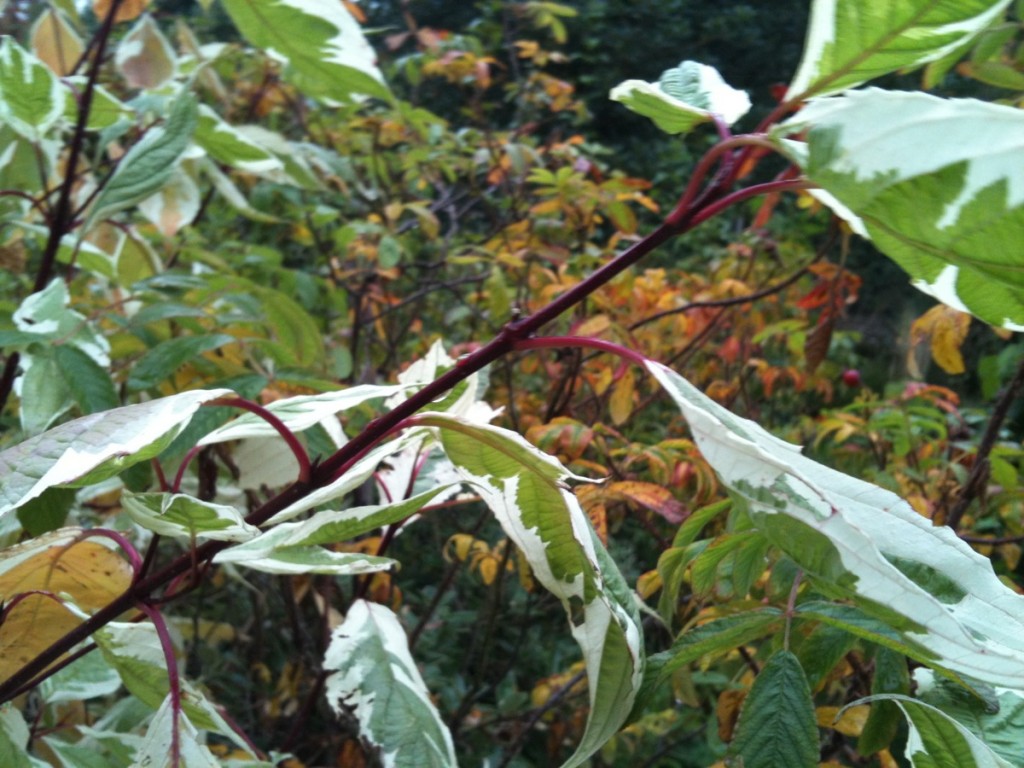
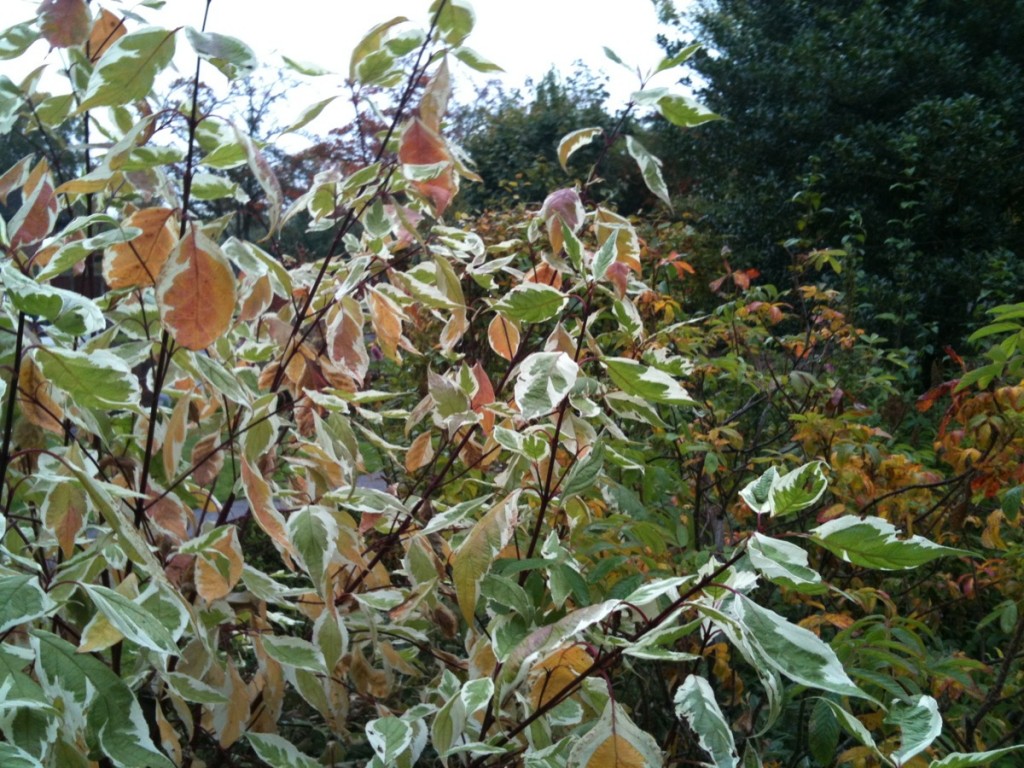
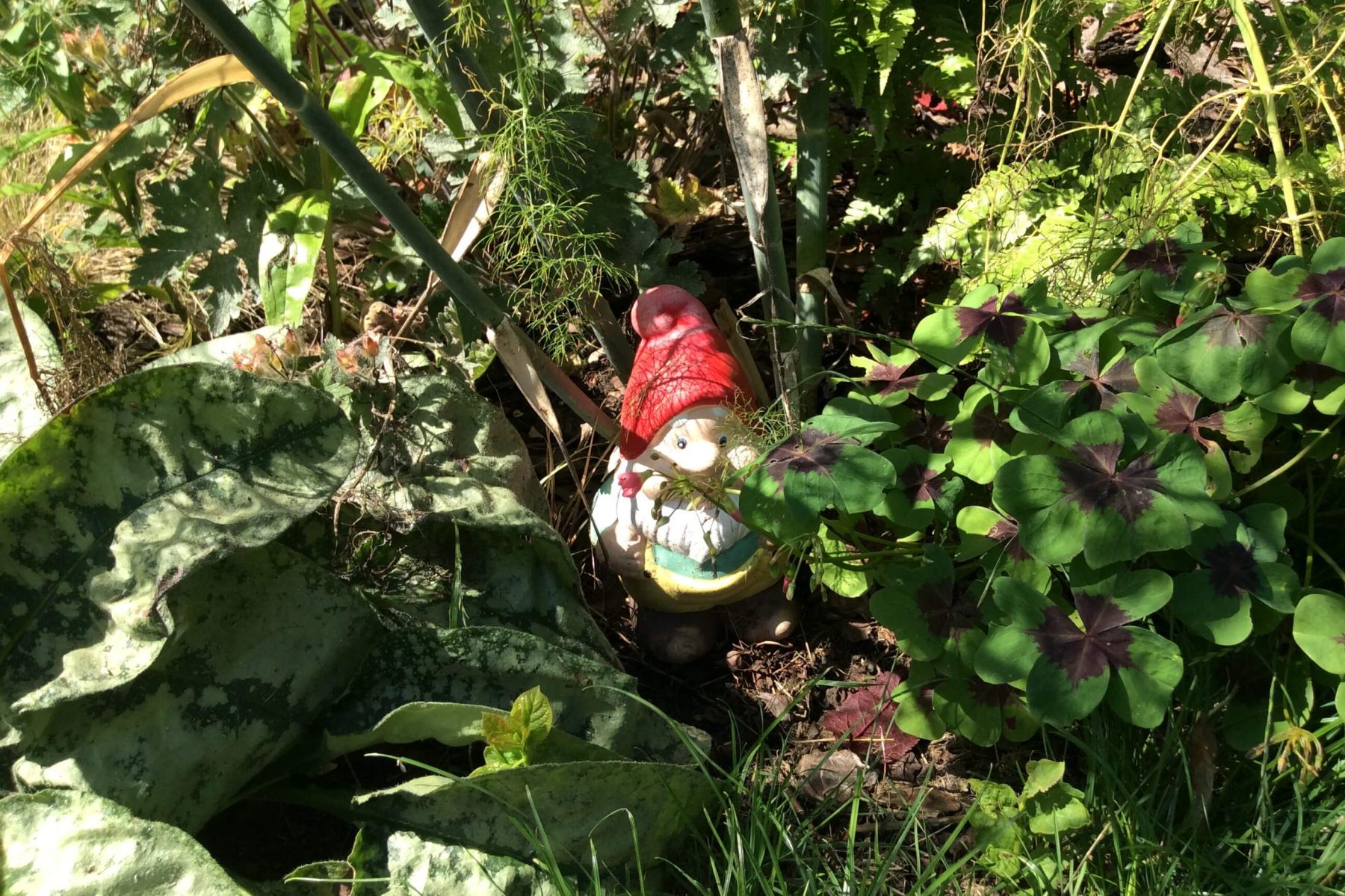
2 comments for “C is for a Conflagration of Cornus”